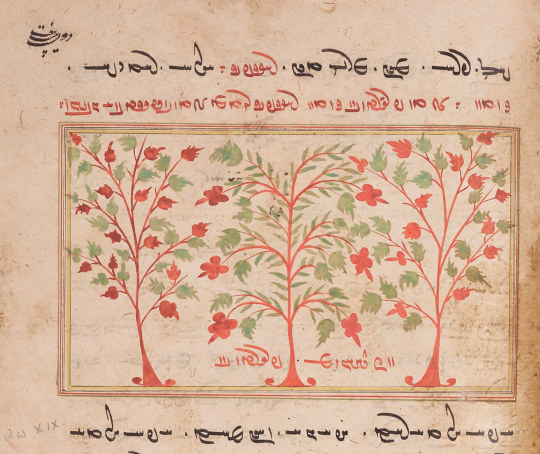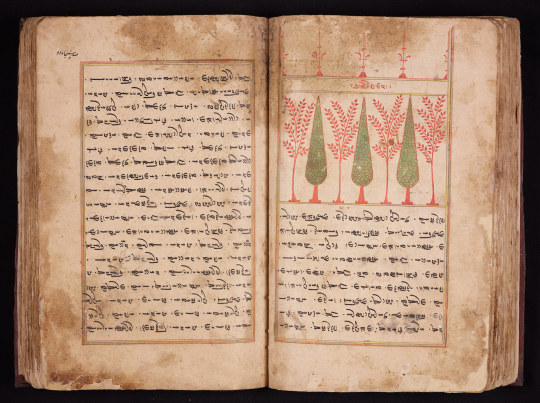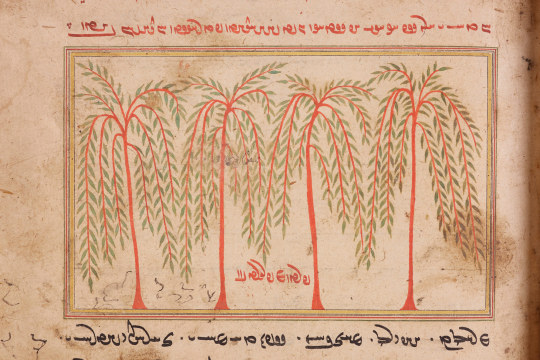#videvdad sadah
Explore tagged Tumblr posts
Text



An illustrated Videvdad Sadah
Yazd, Iran; 1647 Copied by Mihrbān son of Anūshīrvān son of Bahrām Shāh Source: The British Library
"Burjorji Ashburner was a successful Bombay merchant, a Freemason, and a member of the Bombay Asiatic Society. He was also a member of the Committee of Management for one of the most important Zoroastrian libraries in Bombay, the Mulla Firuz Library and made a special point of having copies made of some of the rarer items. In April 1864 Burjurji wrote offering some 70 to 80 volumes as a gift to the Royal Society, London, promising to add additional ones:
In the course of antiquarian researches...with special reference to the Parsee religion, I have had the good fortune to obtain some valuable ancient manuscripts in Zend, Pehlui, and Persian. I do not wish to keep to myself what may be useful in the literary world. [1]
His collection consisted of standard Arabic and Persian works in addition to nineteen specifically Zoroastrian manuscripts in Persian, Avestan and Pahlavi. A number of Bujorji’s manuscripts came originally from Iran. The oldest is an illustrated copy of the Videvdad sādah which was copied in Yazd, Iran, in 1647. Whereas Zoroastrian manuscripts are generally unillustrated except for small devices such as verse dividers and occasional diagrams, this one, exceptionally, contains seven coloured drawings of trees, used as chapter headings not unlike Islamic manuscripts of the same period.
The beginning of chapter 19 of the Videvdad sadah in which Zoroaster repels an attempt on his life by the demon Buiti, sent by the evil spirit Angra Mainyu. Note the elongated calligraphic script which is typical of the older manuscripts from Iran."
#zoroastrianism#parsi#parsee#iran#pahlavi#british library#videvdad#yazd#zoroastrian#videvdad sadah#burorji ashburner#Zoroaster#Manuscript#Persian#Religion#religious art#personal archive
63 notes
·
View notes